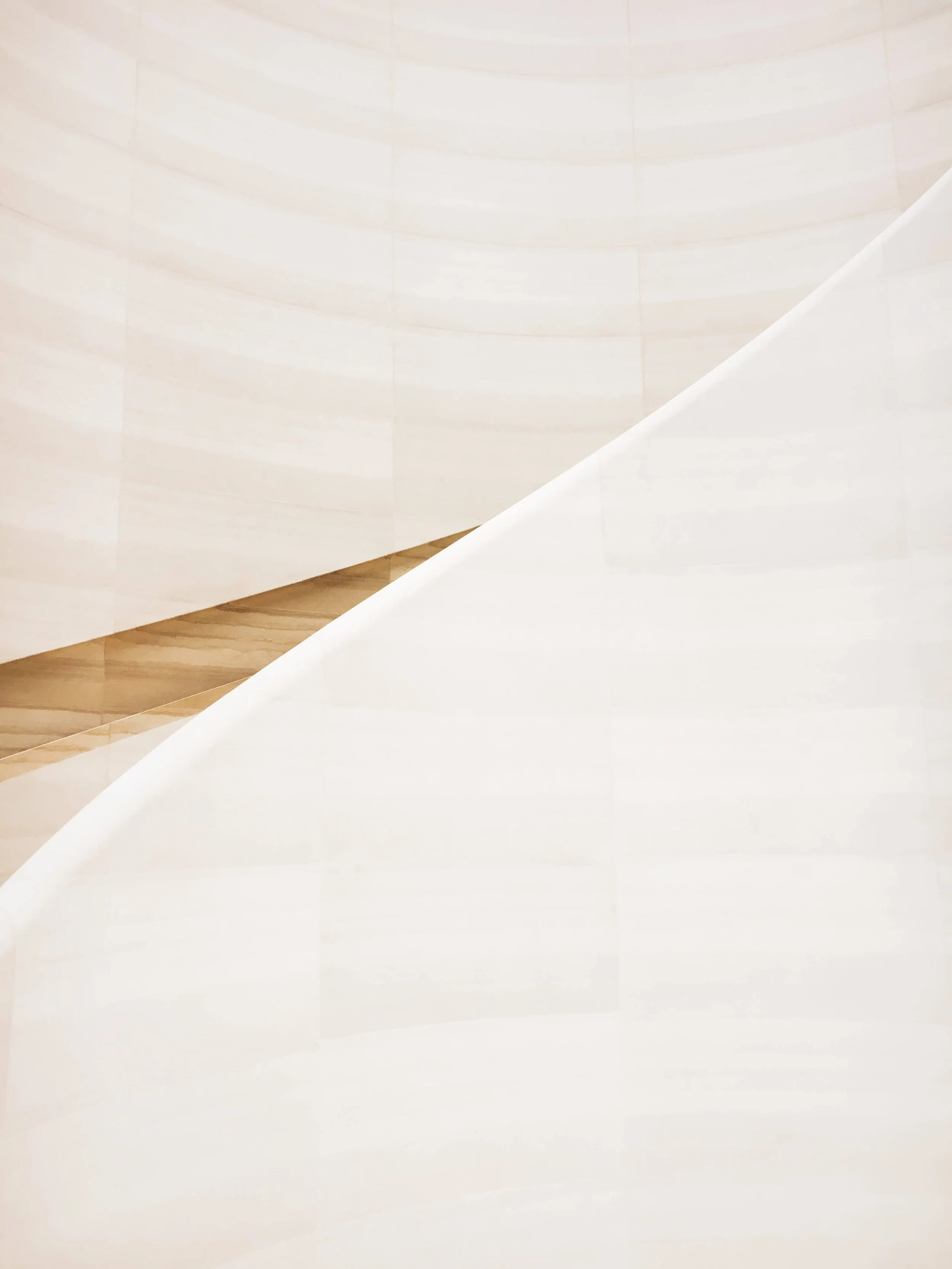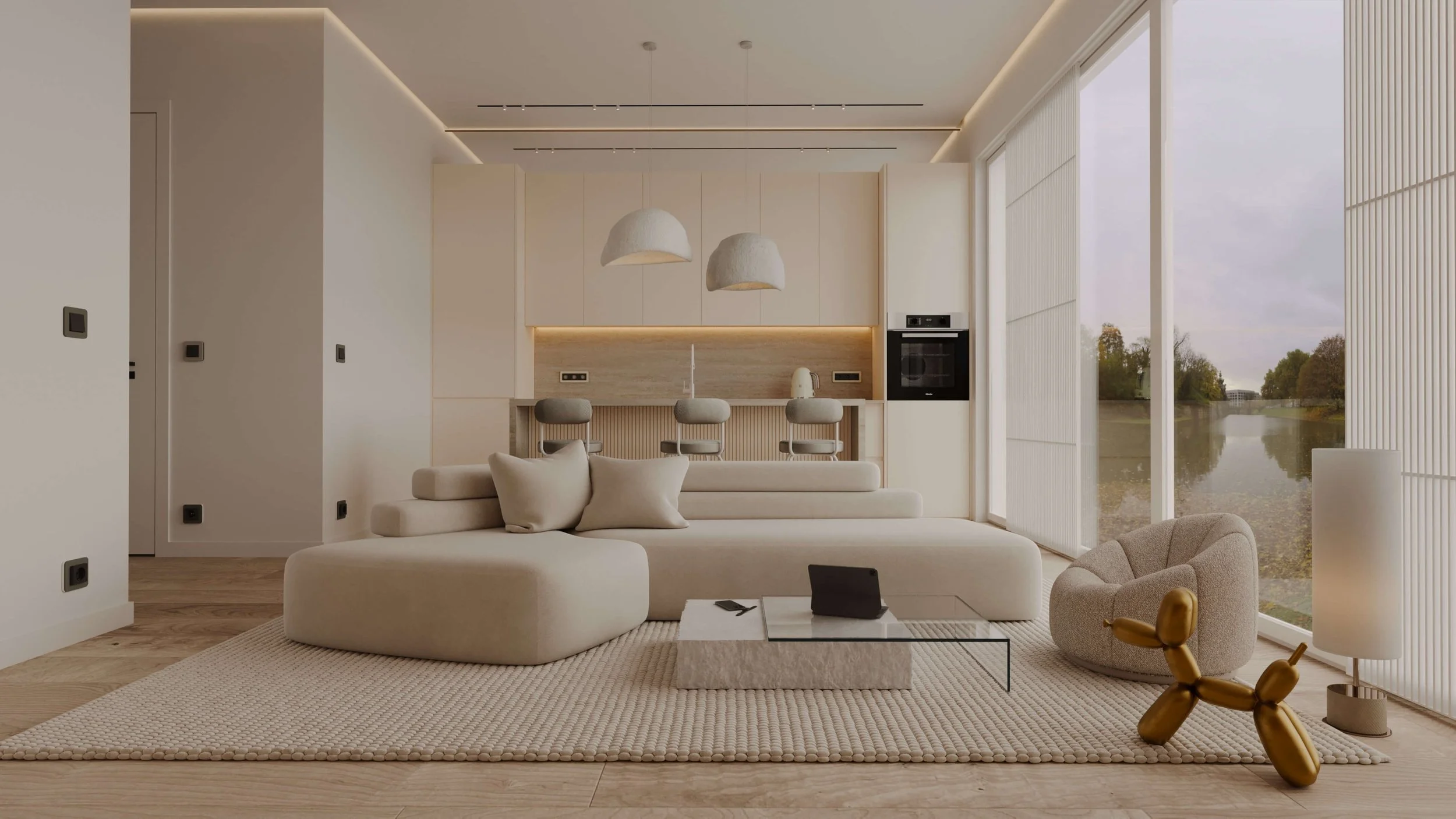Home Traffic Flow
Traffic Flow In A Home
Ensuring a smooth home traffic flow can make a huge difference in how your home functions on a day-to-day basis.
Home traffic flow refers to the movement of people within a home, and it plays a critical role in interior design. A seamless flow is essential as it maximises space usage, improves comfort, and avoids congestion. Read on for some tips on how to optimise your home's traffic flow for ultimate comfort and efficiency.
__
home traffic flow
Creating a smooth and logical pattern along which people move throughout a space can make all the difference in how enjoyable they find their living environment. When designing a space, it's essential to consider the overall traffic pattern. This includes how people will walk from one area to another, as well as where they'll be able to sit, stand or rest at various points along the way. The primary objective is to create a clear path from one room to the other without interruption.
Poor traffic flow can make a home feel cramped and difficult to navigate. On the other hand, a well-planned traffic flow makes it easier to move around the space and creates an atmosphere of openness and ease. A well-designed traffic flow ensures that foot traffic moves smoothly and efficiently. The design components such as furniture, lighting, and colour schemes should facilitate this, allowing people to navigate the space effortlessly.
__
What is the traffic pattern of a Home?
Understanding the traffic pattern of a house can make all the difference in creating a comfortable and functional living space. The traffic pattern refers to the flow of movement throughout a home, taking into consideration the layout and placement of furniture, doorways and other elements that might impact the way people move around. These elements can have a significant impact on the flow of traffic in a home. For example, if two doorways are placed too close together or aligned in an awkward manner, this could create a bottleneck that hinders movement from one area to another. A well-planned traffic pattern will take into account the natural pathways that people tend to follow and create a sense of openness and ease within the space. And as such, good traffic flow helps to promote productivity and even reduces the potential for accidents or collisions. With a little thought and consideration, it is possible to create a traffic pattern that enhances the functionality of your home and makes your day-to-day living more enjoyable.
__
Tips on how to optimise the traffic flow In A Space
By taking into account the spatial layout of your space, placement of furniture, and adequate pathways for moving through the room, you can create a beautiful and user-friendly environment that will be enjoyed by everyone. Start by taking note of high-traffic areas and identifying any potential problem areas that may be hindering movement. By identifying and addressing any problematic areas, you can create a more efficient household.
Here are ten tips to optimise traffic flow in a home:
Start at the entrance: A good traffic pattern should begin at the entryway, so emphasise this area and create a strong visual focus upon entering. Make sure there is plenty of space for people to enter and stand without blocking any onward paths.
Keep sightlines open: Avoid blocking off any corridors or pathways with furniture or other objects. This will help ensure that people can easily move between different parts of the room while still feeling connected to each other throughout the space.
Create natural flow: Place furniture and objects in ways that encourage people to go where you want them to go. For example, a low couch facing away from the entrance may nudge people into a cosy seating area or an open staircase will draw people upstairs without having to backtrack.
Cleverly arrange furniture: Arrange your furniture pieces in a way that guides the flow of traffic without compromising on aesthetics. For instance, placing your sofa and chairs in an L-shape encourages people to walk around it rather than through it. So carefully think about what type of sofa would suit your space.
Use area rugs: Layering different surfaces is a great way to create distinction between different areas of your home, so consider using area rugs to indicate different areas of the home and guide people through the space.
Select the right colour palette: Choosing the right colours can make a huge difference in maintaining a consistent traffic flow. You can opt for lighter shades in high-traffic areas to create the illusion of a larger room.
Draw attention to focal points: If you decide to use accent walls, artwork, or significant furniture pieces to draw attention within your space, make sure that they are placed strategically in order to create a sense of flow from one area to another.
Pay attention to symmetry: Creating balance in a space is essential for creating a cohesive home traffic flow. When arranging furniture or decor, pay attention to where you are placing items relative to one another and make sure that the overall composition of the space remains symmetrical.
Consider traffic patterns: Really think about how people will move through the space. Make sure that pathways are large enough for comfortable movement, and consider where furniture or other obstacles may block traffic flow. Keeping an eye on these factors will ensure that your home remains safe and accessible to all who enter it.
Light the way: Strategically placed lights can help to define the flow of traffic within a space, highlighting focal points and providing guidance on which direction to move. In addition, incorporating smart technology and efficient lighting can further enhance the overall flow and functionality of your space.
By paying attention to efficient home traffic flow, you can create a space that not only promotes seamless movement but also maximises your time and energy. By implementing these simple tips, you can create a beautiful, stylish space that is also practical and easy to navigate.
__
As you can see, home traffic flow is an important aspect of interior decorating that we should all consider. It’s essential to plan out how people can move through a space, with an eye for both aesthetic value and practicality. Ultimately, home traffic flow will ensure that the layout of a space allows for optimal efficiency, convenience and accessibility — as well as a pleasant and inviting atmosphere when welcoming guests.
Home traffic flow is an essential element of interior design to consider when designing your home. Not only does it ensure ease of movement and convenience throughout your space, but you can use the principles of home traffic flow to create an aesthetically pleasing environment as well.
__
You Might Also Be Interested In:
>> SUBCONSCIOUS DESIGN
>> LIGHTING PLANS
>> AVOID STYLING MISTAKES









